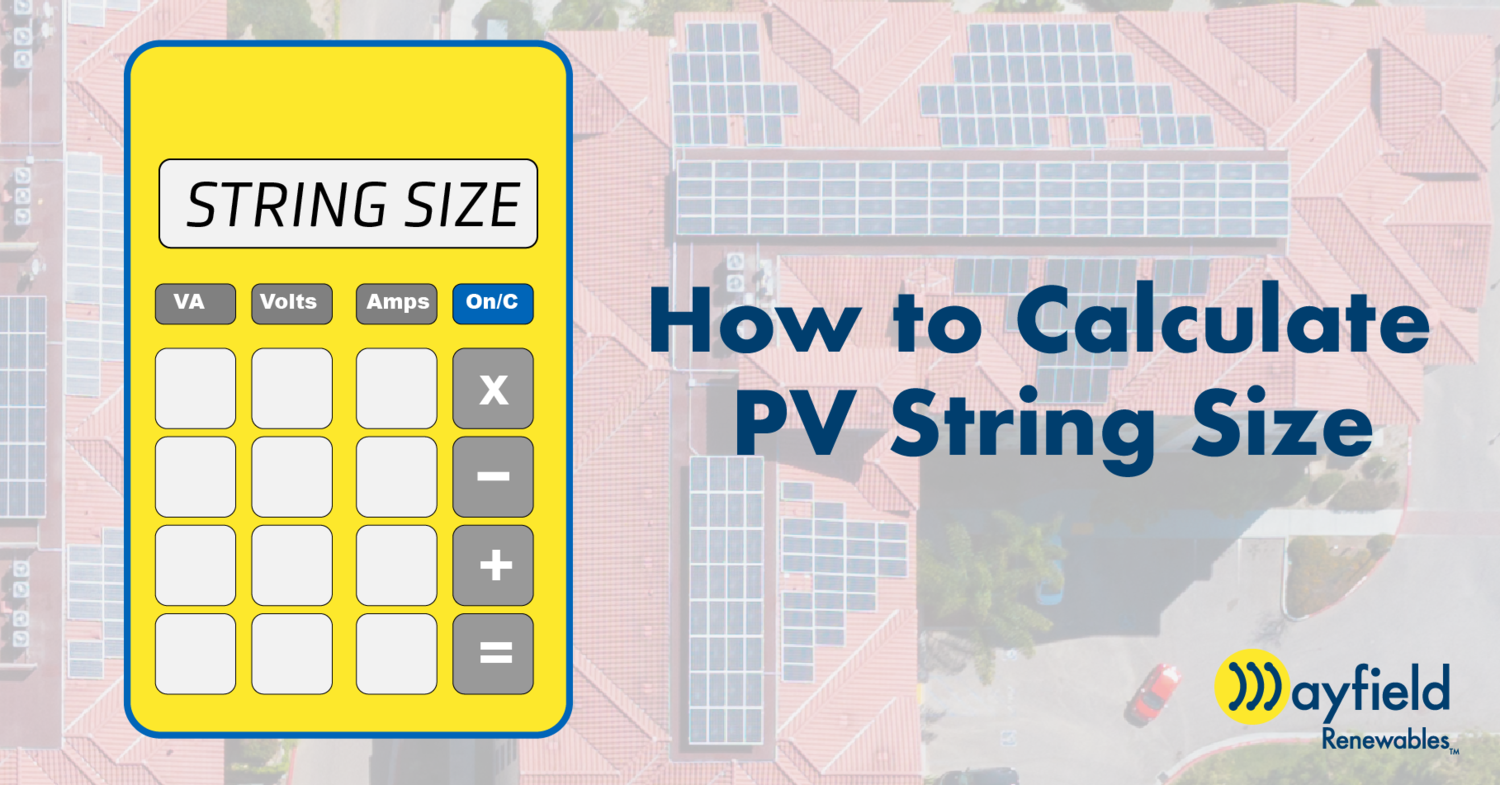Not sure if you already built your system
@Julian-Indaiatuba.
Advice valid for anyone else.
Pay attention to the total Voc of the string panel.
In the worse conditions (summer, high temperatures) you need to have the lowest Voc > low limit voltage of the MPPT (the smallest number of PV in series)
In the best conditions (winter, low temperatures) you need to have the highest VoC < high limit of the MPPT (the max number of PV in series)
There are calculations for these voltages and there are websites which assists you in this calculus
https://solardesignguide.com/calculating-string-size/
How to manually calculate PV string size for photovoltaic systems based on module, inverter, and site data. Design code-compliant PV systems and follow design best practices.

www.mayfield.energy
Aproximative calculus for Voc, don't believe what I say, do your calculations:
your panel 37,8V 25degC
at 59degC --- ~31V
at -15degC --- ~41,7V
so a string of 10p will be ~417V quite close to the upper limit.
It is true the higher voltage brings lower current and thinner wires BUT,
DC/DC conversion efficiency gets lower together with voltage difference increase between input and output of the DC converter (MPPT in this case).
400V -> 56V (max battery voltage) efficiency is lower than 240V -> 56V and more power will be dissipated on the first one.
You can still make some adjustments because you have 4500W PV power available on the SPF3500 datasheet. The Current will be no problem since it admits 80A and 2 strings will provide 20A.
4500W/335W = 13 panels total
you can do 6s2p and have: 4kwp, max 250V per string, possibility to buy half panel now and do upgrade later when other money comes.
program 49 (user manual) says Utility Charging time slot.
program 14 sets charger priority (CGPr CSO/SNU/OSO)
program 21 give info that when battery is v.low, it will be charged from utility (matter not really clear)



